A weekend forced-merger of two major banks. Global central banks putting out statements and coordinating their responses. Policymakers telling anyone who’ll listen that “banks are well capitalised”. You could be forgiven for thinking this all sounds very like 2008.
But - to use this phase that gets overused in periods of crisis - this time it really is different.
For Irish Farmers Journal readers, the biggest immediate concern might be the health of the Irish pillar banks. Let’s be very clear - Bank of Ireland and Allied Irish Bank are incredibly different institutions to what they were 16 years ago.
Bank of Ireland has a loan to deposit ration of 73% and has a core equity tier 1 ratio of almost 16%.
Allied Irish Bank’s loan to deposit ratio is at 58% and it has a core equity tier 1 ratio of just over 16%.
There’s a good chance those numbers don’t mean a lot, so to put them in another way, an awful lot of very bad things have to happen for Ireland’s banks to be under the kind of pressure they faced in 2008-2009.
Between them, BOI and AIB have more than €23bn in equity - that is more than the total both banks have written in property and construction loans, which stood at €16.8bn at the end of 2022.
In other words, every cent of the banks developer loans could go to zero and the banks could still open their doors every day. One look at the Irish property market right now would suggest developer loans are a long way from going to zero.
The biggest portion of both bank’s loan book is residential mortgages, which total almost €70bn. If problems start to emerge there, it would be driven by the medium-term performance of the Irish economy, not by a bank failure in Switzerland.
Investors have been getting increasingly nervous about banks globally since interest rates started to rise rapidly. The shares of both BOI and AIB saw their gains for the year erased last week, but despite all the news over the weekend are holding their ground this morning.
Once the dust settles on the current crisis, it should again become clear that Irish banks these days are mostly just very boring, conservatively run institutions.




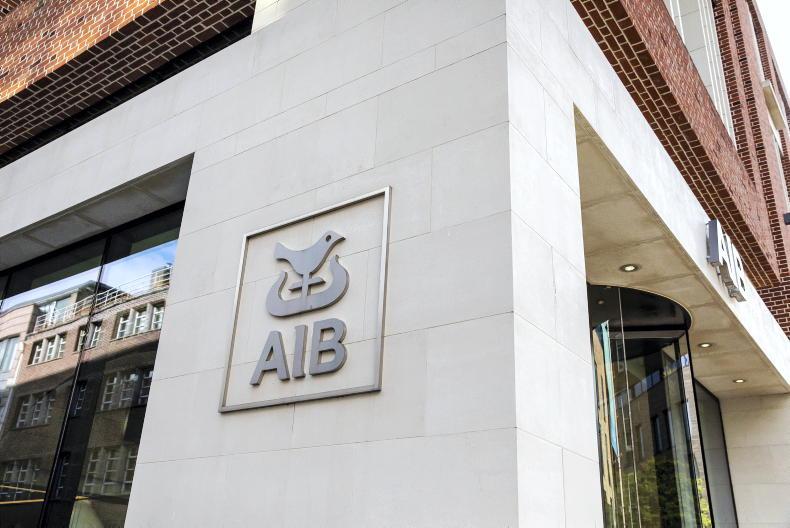
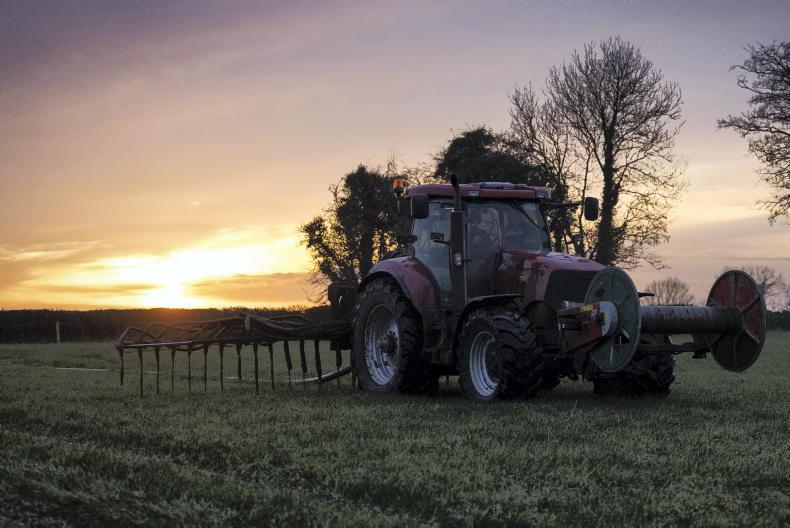
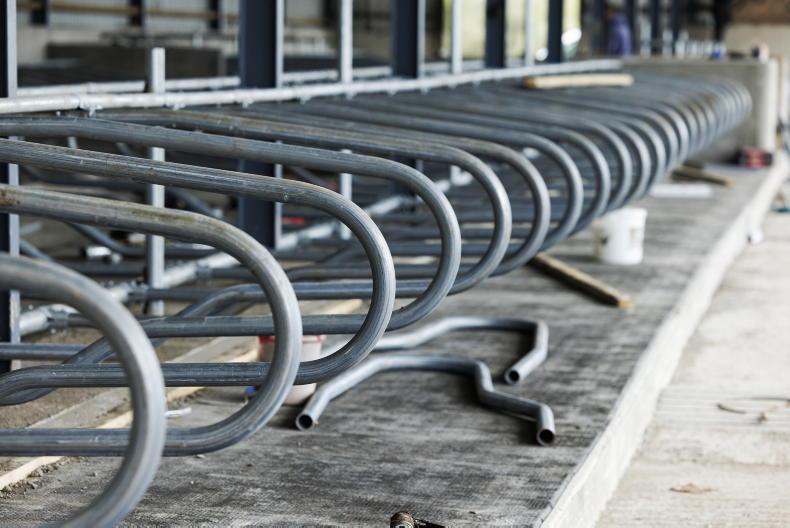
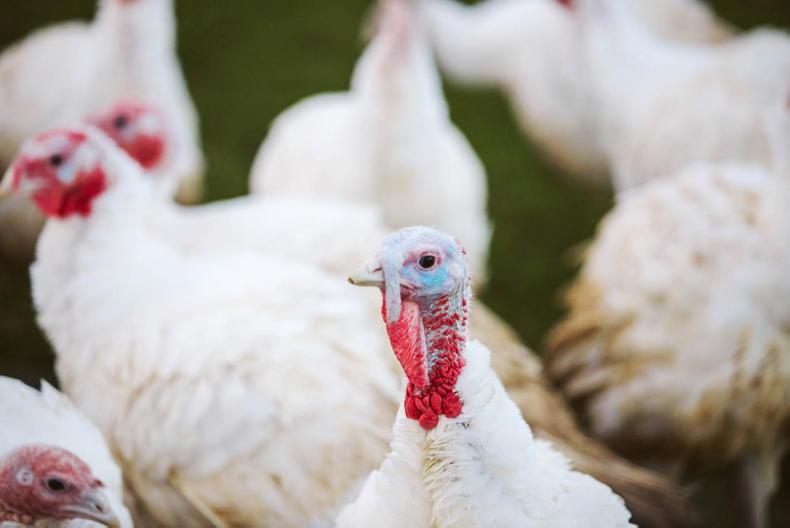
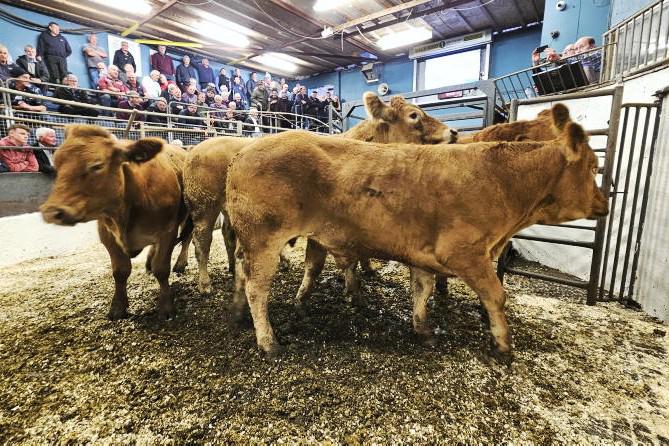
SHARING OPTIONS